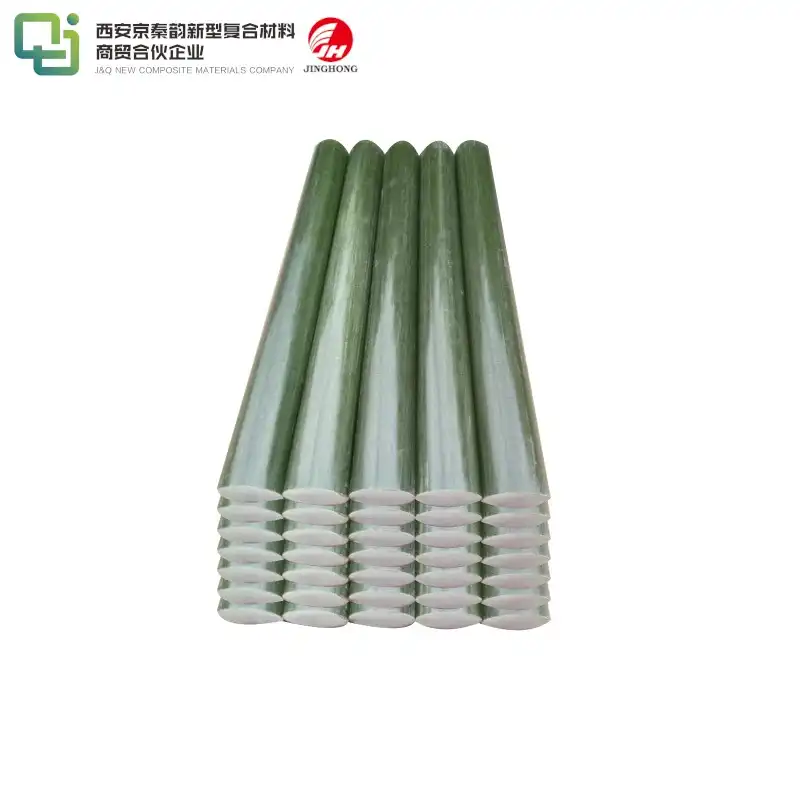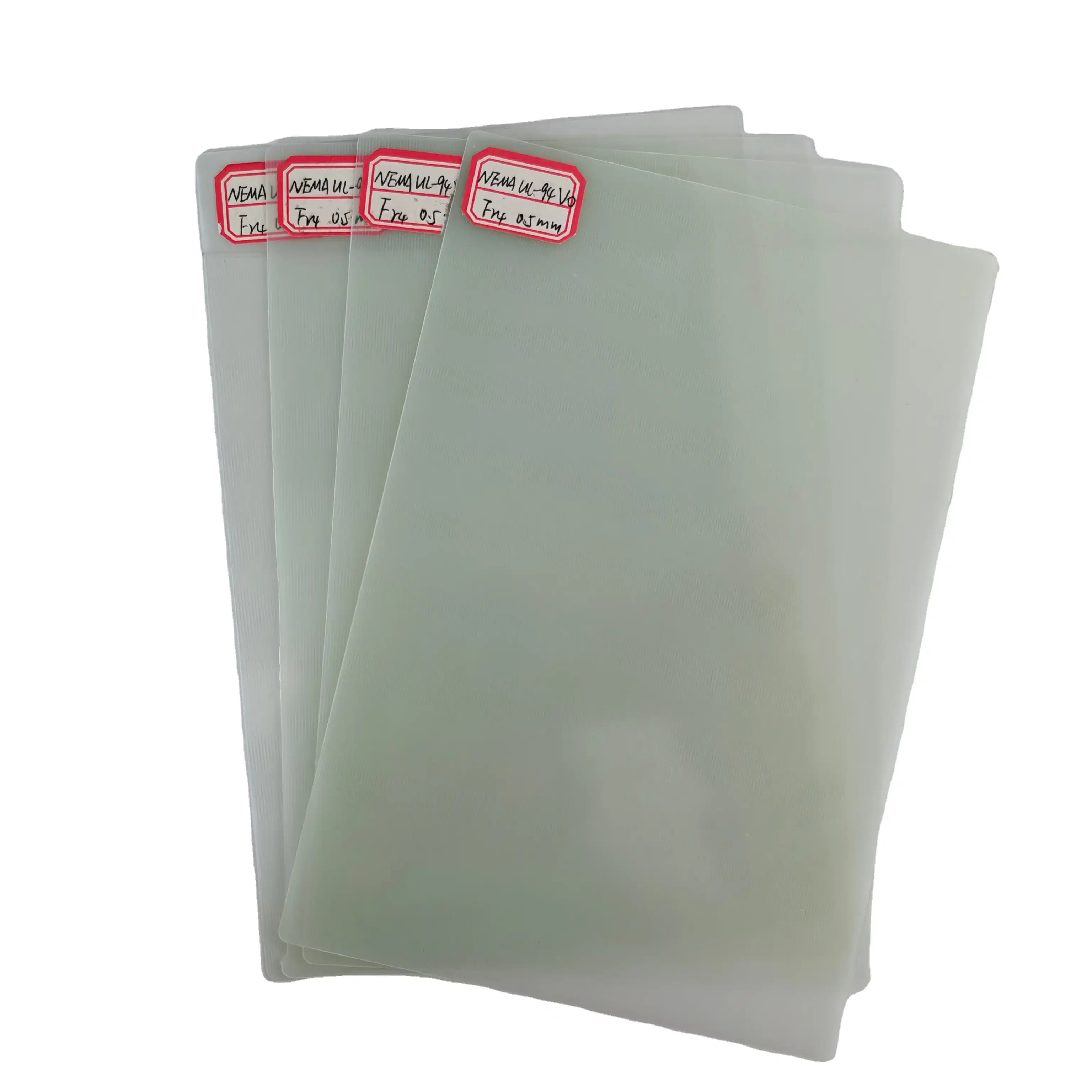What Is Bakelite Board?
2024-07-24 15:32:48
Phenolic paper lamination, also referred to as bakelite board, is a kind of plastic material valued for its mechanical strength, electrical insulating capabilities, and chemical and moisture resistance. The first synthetic plastic, Bakelite, was created in 1907 by Belgian scientist Leo Baekeland and has since been widely used in both consumer and industrial uses. This blog will provide readers a thorough grasp of Bakelite board by examining its properties, production method, and typical applications.
What Are the Properties of Bakelite Board?
Bakelite board is suitable for a wide range of applications due to its distinctive properties. It is more obvious why it is as yet a famous material in numerous ventures when you know these properties.
Electrical Insulation One of the main characteristics of the product is its excellent electrical insulation. It is ideal for use in electronic and electrical applications due to its ability to prevent electrical conductivity. The high dielectric strength of the phenolic sap used in the production of the board accounts for its protective properties.
Mechanical Strength which is well-known for its high mechanical strength, which enables it to withstand a great deal of pressure and stress in the physical environment. This means that structural applications that need to be long-lasting and resistant to wear and tear can benefit from using it. The board's robust mechanical properties are due to the combination of phenolic pitch and paper or texture support.
Synthetic Obstruction Bakelite board's protection from synthetics like acids, bases, and solvents is another significant property. Due to its resistance to chemicals, the board can be used in harsh environments without losing its properties. It is particularly significant in present day settings where receptiveness to fabricated materials is ordinary.
Thermal Stability Due to its excellent thermal stability, which keeps its properties even at high temperatures. This makes it suitable for use in electrical separators and parts exposed to high temperatures, for example, where heat resistance is required. A matrix that is both stable and resistant to thermal stress is provided by the phenolic resin.
Dimensional Stability Another important aspect of the product is its dimensional stability. It is not easily warped or deformed by temperature or humidity changes in the environment. Because of this stability, Bakelite components are guaranteed to maintain their shape and function over time.
Heat proof Bakelite board is additionally notable for its capacity to endure fire. It is more secure to use in applications where fire risk is a worry since it doesn't effortlessly light and can assist with halting the spread of blazes. The phenolic resin that goes into its production has an impact on the properties that make it resistant to flame.

How Is Bakelite Board Manufactured?
Bakelite board's event plan consists of two or three phases, each of which is essential for ensuring that the finished product satisfies important quality and execution standards.
Unrefined components Phenolic gum and a building up substrate, commonly texture or paper, are the essential unrefined components used in the creation of it. The phenolic sap is made when formaldehyde and phenol join to make it. After that, a buildup reaction produces a thermostable polymer from the phenolic sap. The structure up substrate adds steadiness and solidarity to the board.
Impregnation The phenolic sap impregnation of the supporting substrate is the most crucial stage of the collecting framework. This incorporates totally absorbing the paper or orchestrating the paper a pitch example to save the fibers. After the substrate has been impregnated, squeeze rollers are used to remove any excess resin and keep the ratio of resin to substrate constant.
After impregnation, the substrate is dried and partially cured using B-staging. The impregnated material must be heated to a certain temperature in order to accomplish this. The resin must partially polymerize and become tack-free at that temperature. The B plan's material is more reasonable and can be put away until required.
Covering In the going with step, the substrate that has been pre-reestablished and impregnated is overlaid. The material's various layers should be stacked together to achieve the best thickness and properties. The stacked layers are then pressed and heated to a high temperature in a laminating press. The phenolic sap is completely restored during this cycle, resulting in a sturdy board.
Cutting and finishing The board is taken out of the press and allowed to cool after the overlay cycle is finished. Prior to being sliced to the expected aspects, it is then sanded or machined to accomplish the ideal surface completion and resistances. During this stage, quality control measures are taken to make sure that the finished product meets the requirements.
Quality Control Quality Control is a crucial step in the manufacturing process. A variety of tests are used to evaluate the Bakelite board's electrical, mechanical, and chemical properties. These tests ensure that the board meets industry standards and is usable in the intended applications.
What Are the Common Uses of Bakelite Board?
Bakelite board's unique properties make it suitable for a wide range of applications across various industries. Here are some of the most common uses of this versatile material.
Electrical and Electronic Applications
One of the primary uses of board is in electrical and electronic applications. Its excellent electrical insulation properties make it ideal for use as a base material for printed circuit boards (PCBs), switchboards, and electrical insulators. Bakelite board helps prevent electrical conductivity, ensuring the safe and efficient operation of electronic devices.
Industrial Applications
In industrial settings, Bakelite board is used for making gears, bearings, and other mechanical components that require high strength and durability. Its resistance to chemicals and thermal stability make it suitable for use in harsh environments where exposure to chemicals and high temperatures is common. Bakelite board is also used in the manufacture of jigs, fixtures, and tooling plates due to its dimensional stability and mechanical strength.
Automotive Applications
The automotive industry also benefits from the properties of Bakelite board. It is used to make components such as distributor caps, brake pads, and clutch plates. The board's mechanical strength, thermal stability, and chemical resistance ensure that these components can withstand the demanding conditions of automotive applications.
Consumer Goods
Bakelite board is found in various consumer goods, particularly in products that require durability and resistance to wear and tear. It is used in kitchenware, such as handles for pots and pans, and in household items like radio and telephone casings. The material's fire-resistant properties also make it a safer choice for use in consumer goods.
Aerospace Applications
In the aerospace industry, it is used for making lightweight, high-strength components. Its thermal stability and resistance to moisture and chemicals make it suitable for use in aircraft interiors and other aerospace applications. Bakelite board helps reduce weight while maintaining the necessary mechanical properties, contributing to overall efficiency and performance.
Medical Applications
The medical industry uses Bakelite board for making components that require sterilization and resistance to chemicals. Its stability and durability make it suitable for use in medical devices and equipment that need to withstand repeated sterilization processes. It is also used in the manufacture of laboratory equipment due to its resistance to chemical exposure.
Construction Applications
In the construction industry, which is used for making formwork, scaffolding, and other structural components. Its mechanical strength and resistance to moisture and chemicals ensure that it can withstand the harsh conditions of construction sites. whcih is also used in decorative applications, such as wall panels and furniture, due to its aesthetic appeal and durability.
Conclusion
Bakelite board, or phenolic paper laminate, is a versatile material with a wide range of applications due to its unique properties. Its excellent electrical insulation, mechanical strength, chemical resistance, thermal stability, dimensional stability, and fire resistance make it suitable for use in various industries, including electrical and electronics, industrial, automotive, consumer goods, aerospace, medical, and construction. Understanding the properties, manufacturing process, and common uses of the product helps appreciate its continued relevance and importance in modern technology and industry.
References
1. **"Phenolic Laminates - Characteristics and Applications," Professional Plastics.** Accessed at: https://www.professionalplastics.com/PhenolicLaminates
2. **"Bakelite - The First Synthetic Plastic," American Chemical Society.** Accessed at: https://www.acs.org/content/acs/en/education/whatischemistry/landmarks/bakelite.html
3. **"Mechanical Properties of Phenolic Laminates," ScienceDirect.** Accessed at: https://www.sciencedirect.com/topics/materials-science/phenolic-laminate
4. **"Chemical Resistance of Bakelite," MatWeb.** Accessed at: https://www.matweb.com/search/datasheet.aspx?matguid=12347
5. **"Manufacturing Process of Phenolic Laminates," CompositesWorld.** Accessed at: https://www.compositesworld.com/articles/manufacturing-process-of-phenolic-laminates
6. **"Applications of Bakelite in Automotive Industry," SAE International.** Accessed at: https://www.sae.org/publications/books/content/r-12346
7. **"Electrical Insulation Properties of Phenolic Laminates," IEEE Xplore.** Accessed at: https://ieeexplore.ieee.org/document/54322






 拷贝_1755500211555.jpg)
